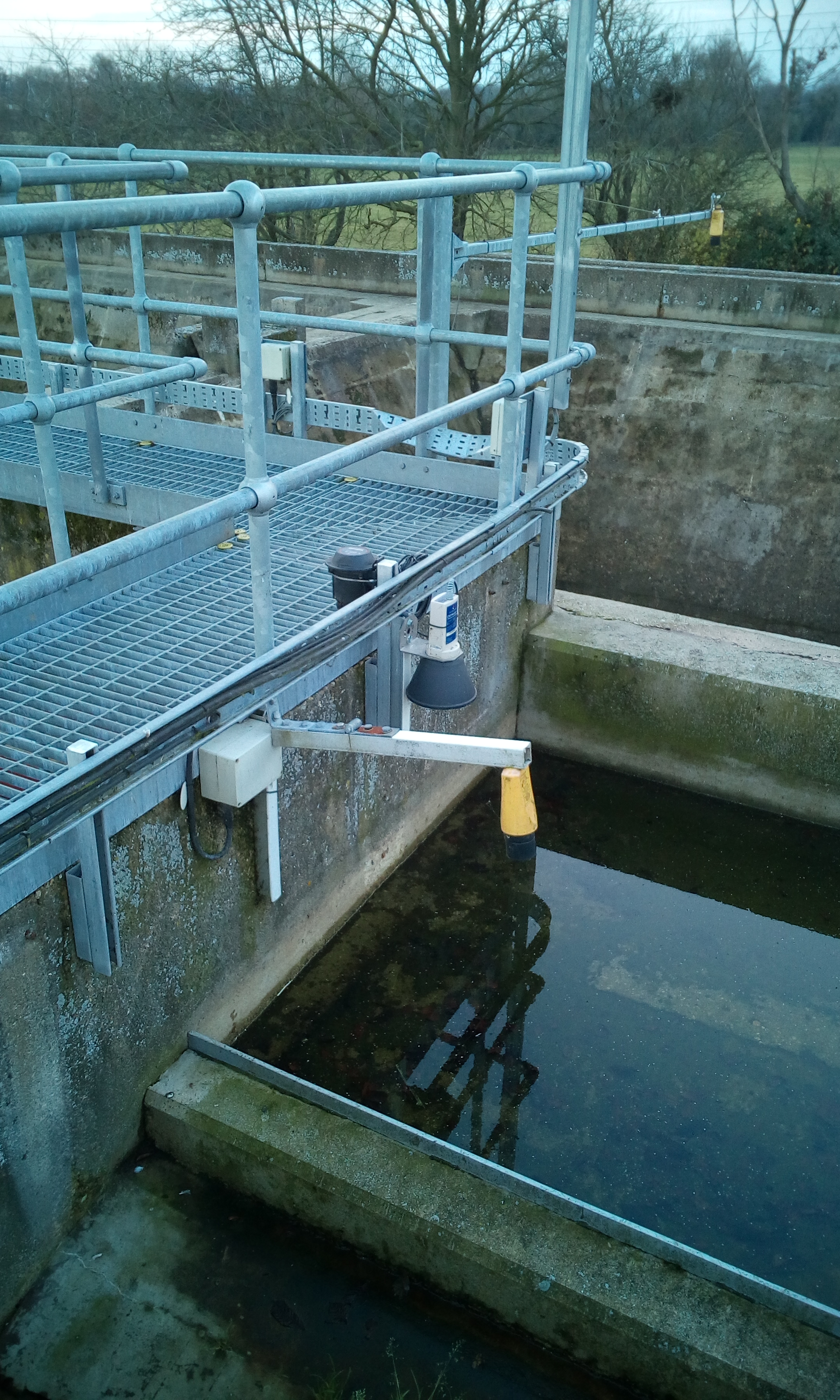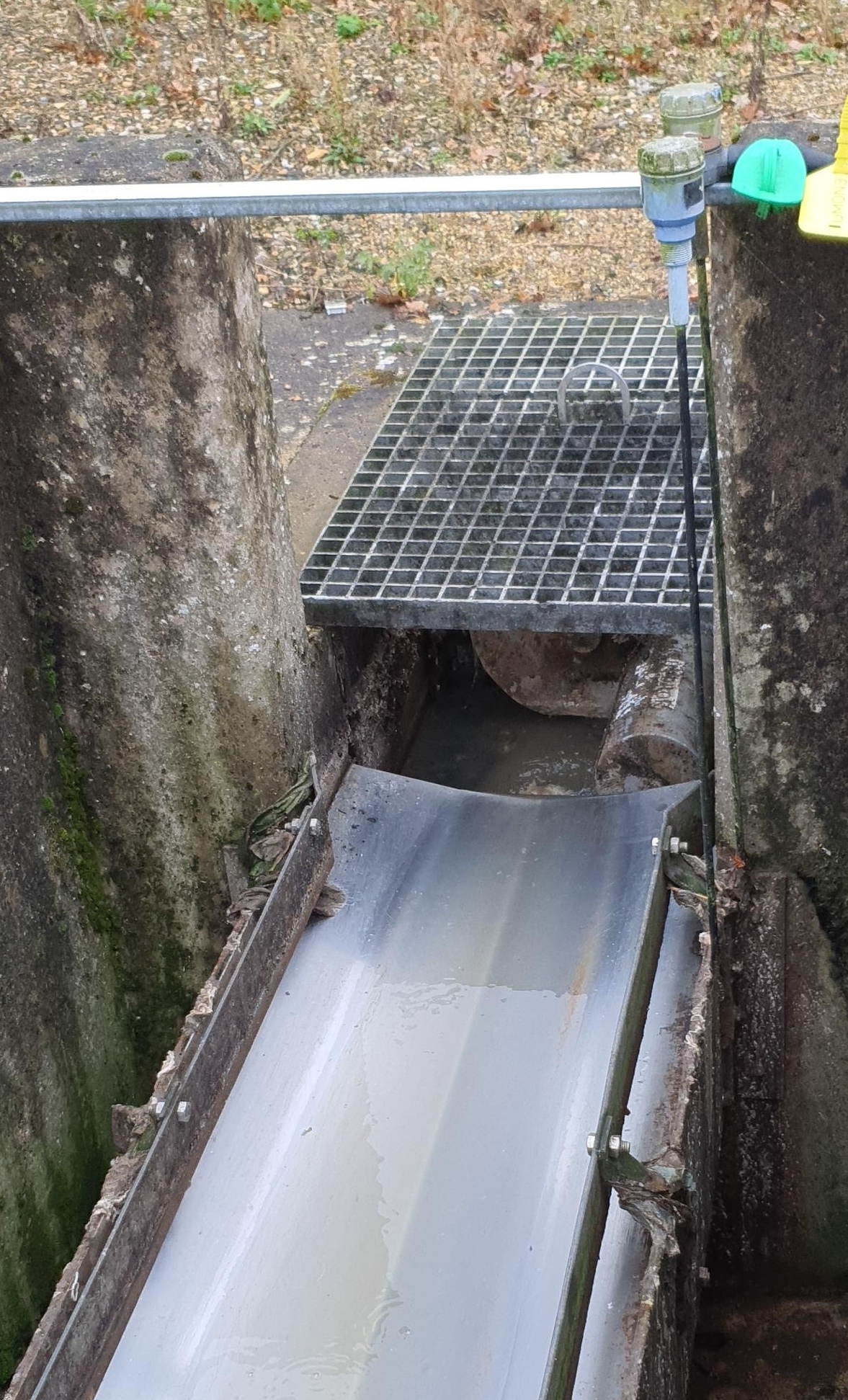CSO monitoring – The challenge of accurate data
Posted: 17th June 2022

Combined Storm Overflows (CSO) have become a major national issue in the last couple of years.
Thousands of event duration monitors have been installed across the water industry in the current Asset Management Period (AMP7) to monitor overflows following ministerial direction in 2013 and the data has started to show results.
With the high level of public attention on environmental spills, there is no doubt there is much work to do. However, investment in CSO monitoring can only build public trust in the water companies and uncover areas where true investment to improve the water environment must happen.
Millions of hours of overflow events are now being recorded annually. Using the 12/24 method, over 400,000 overflow events were reported industry-wide in 2020. Over 370,000 were reported for 2021.
The challenge facing the water industry going forward is how to identify root causes and reduce these overflows. In 2019, Ofwat set companies the challenge of reducing pollution incidents by a third by 2025. The government’s Storm Overflows Taskforce set a long term goal to eliminate harm from storm overflows, targeting zero harm and a reduction of actual overflow events to less than 10 per CSO annually. This is a tough ask considering there are over 7,500 CSOs across the UK.
The industry is also entering a period when they are required to make most of the data open. It has to be published. Water companies are openly embracing this challenge, rather than waiting to answer individual Environmental Information Requests (EIR). This approach contributes towards a clear and transparent water industry.

Accuracy of overflow data relies on proper installation and maintenance of instruments to ensure accurate information is made available publicly.
Thousands of monitors were installed nationwide between 2015 and 2020. The importance of the technology being fit-for-purpose and correct installation to ensure the quality and accuracy of data has become increasingly apparent.
For example, in figure 1, capacitance probes are not installed in the right place. They were not installed on the storm weir itself and the installation fitting was very loose. This meant the probe ended up knocking against the side of the weir at times, which was enough to cause false alarms. In this instance the installation caused poor data quality and incorrectly gave the appearance that the site had a poorly performing overflow.
Correct installation is key, but maintenance is equally important. In this example, the type of technology used is going to cause long-term problems due to physical blinding by rags and debris passing over the storm weir.
Figure 2 shows a more robust installation, using tried and tested technology. There are still lessons to learn from the level application. The Technolog Cello is robustly installed to protect against movement due to wind, with solar shading to prevent ultrasonic gain due to solar effects. It is also installed on the low point of the weir to ensure that when the site does spill to storm it is accurately recorded.
With significant reductions in storm overflow events required from waste and water companies, there are lessons to be learned and corrections to be made.
Engineers from Z-Tech are helping companies ensure the data submitted each year is a true reflection of what is happening, helping them identify the areas of priority investment to reduce the releases from combined storm overflows.
With many companies involved in U_MON3 programmes monitoring overflows at wastewater treatment works, Z-Tech is here to ensure those lessons learned are applied, ensuring the water industry and the public can have confidence in the data available.
